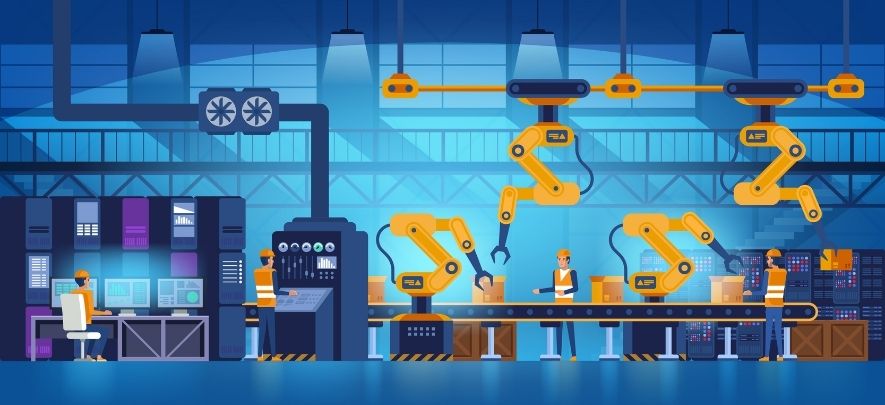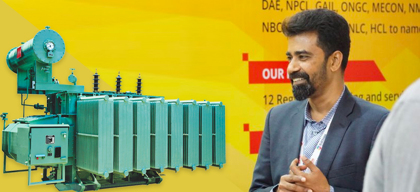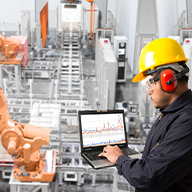Special purpose machines and their role in the manufacturing process

Manufacturing & Production
187 week ago — 5 min read
Special purpose machines (SPM) are those machines which are not available off the shelf and these are not covered in standard manufacturing process; these are designed and tailored made as per the customer specific requirements.
Similarly in the production cycle there has been need to improve the nature of item, limit dismissal and increase the efficiency per individual, to take into account the constrained conditions in the globalised world economy.
A large portion of the special purpose machines are centered around automated trimming or inspection, and assembling operations. Organisations plan special purpose machines for material ventures, machine instruments, jewellery businesses, esteem expansion machines, and related machines for different fields.
Different layouts of special purpose machines
There are two layouts for SPMs:
- Single-station
- Multi-station
In single station the workpiece is held in a fixed position where machining and sliding units are situated around it with the end goal that they can handle the part from various headings.
On account of different machining units, they may deal with the part at the same time or in grouping relying upon the math of the workpiece and machining highlights
Different types of special purpose machines include - (a) Single-station, (b) Special application, (c) Transfer machine, (d) Rotary machine, and (e) In-line operation machine.
Why do people order special purpose machines as against mass produced machines?
Special purpose machines are sought after in light of the fact that they manage the work they are made for all the more effectively when analysed against mass delivered machines accessible on the lookout.
This efficiency can be measured in two ways. In other words, people order special purpose machines for two reasons.
1. The first is to save money.
-
leads to a considerably less amount of investment in the long term.
-
lower power consumption.
-
less wastage material.
2. The second reason is the aspect of time
-
Which is a major commodity when it comes to commercial industries.
-
In fact, indirectly speaking, even the saving of time due to the use of special purpose machines can be taken as a way of saving money.
-
Therefore, an engineer job in the special purpose machinery industry would require an engineer to optimise a process as much as is logically possible with the help of the machine
Various types of special purpose machines
-
SPM for metal cutting
-
Special purpose computer numerical control machine
-
SPM for vertical turning machine
-
Rotary indexing drilling and tapping SPM
-
SPMs for multi and simultaneous operations such as drilling, milling, boring etc
Advantages
-
Increase in productivity
-
Less time consuming
-
Reduces maintenance and servicing cost
-
Increase in production rate and tool life
-
Less complicated
-
High durability
-
Effective in mass production
Limitations
-
High initial investment
-
Less flexible
-
More skilled labour required
Special purpose machines are designed to satisfy specific production requirements, taking into account complexity of component and production rate required. In the production process there is a long felt need to improve the quality of product, minimise rejection and increase the productivity per person, to cater to the pressing circumstances in the globalised world economy.
Also read: Top 7 things to know about smart manufacturing
To explore business opportunities, link with me by clicking on the 'Connect' button on my eBiz Card.
Image source: shutterstock.com
Disclaimer: The views and opinions expressed in this article are those of the author and do not necessarily reflect the views, official policy or position of GlobalLinker
View S Gangadhararao 's profile
SME Inspirations
Other articles written by S Gangadhararao Boppana
174 week ago
Importance of automation in industrial process
189 week ago
Most read this week
















Comments
Please login or Register to join the discussion